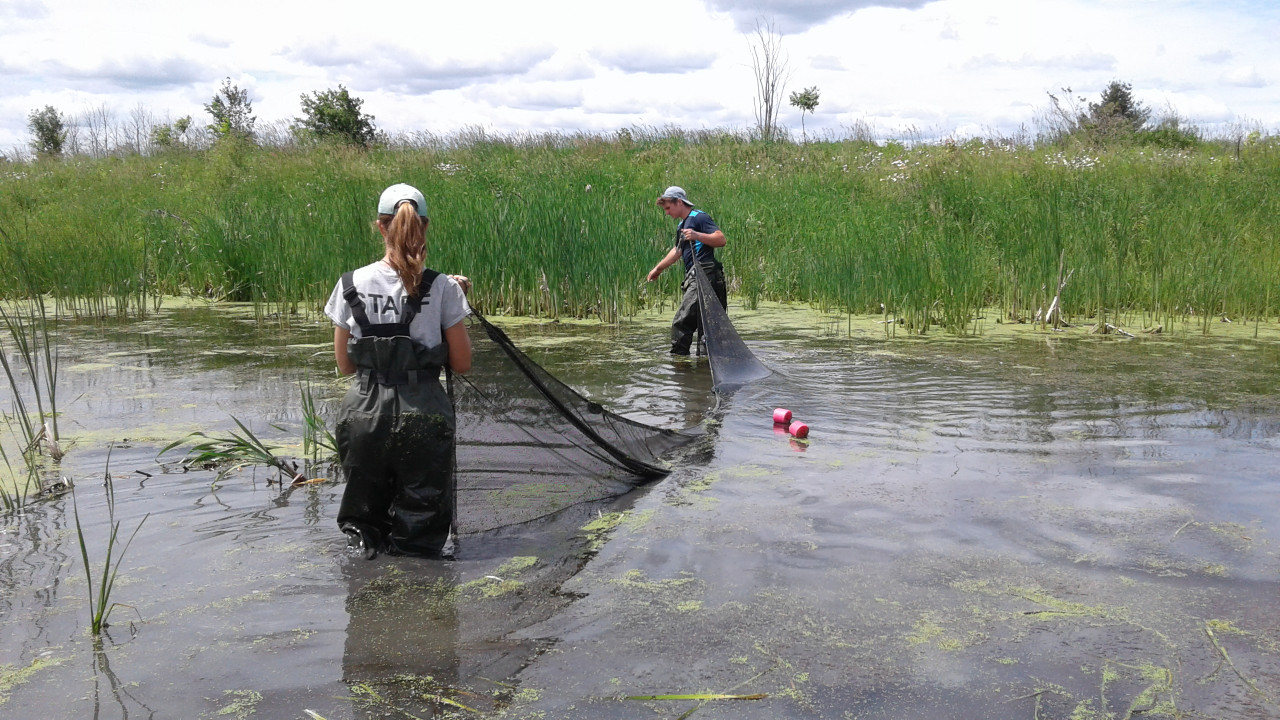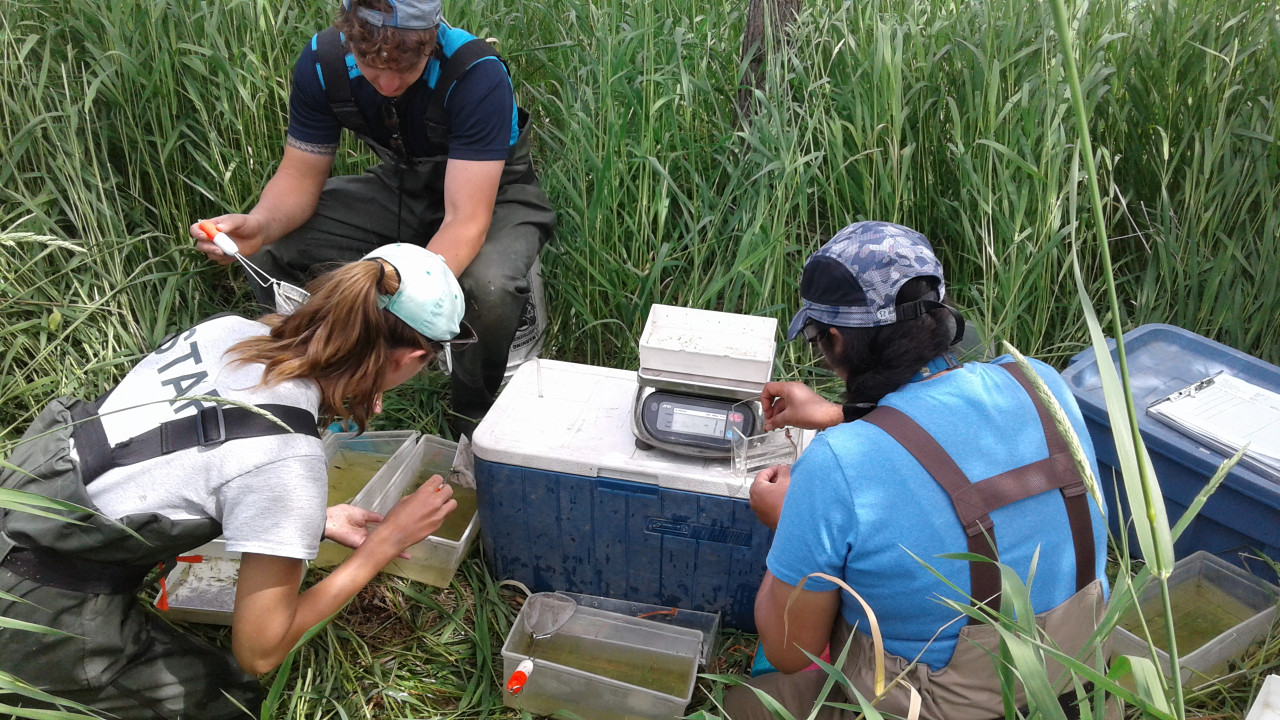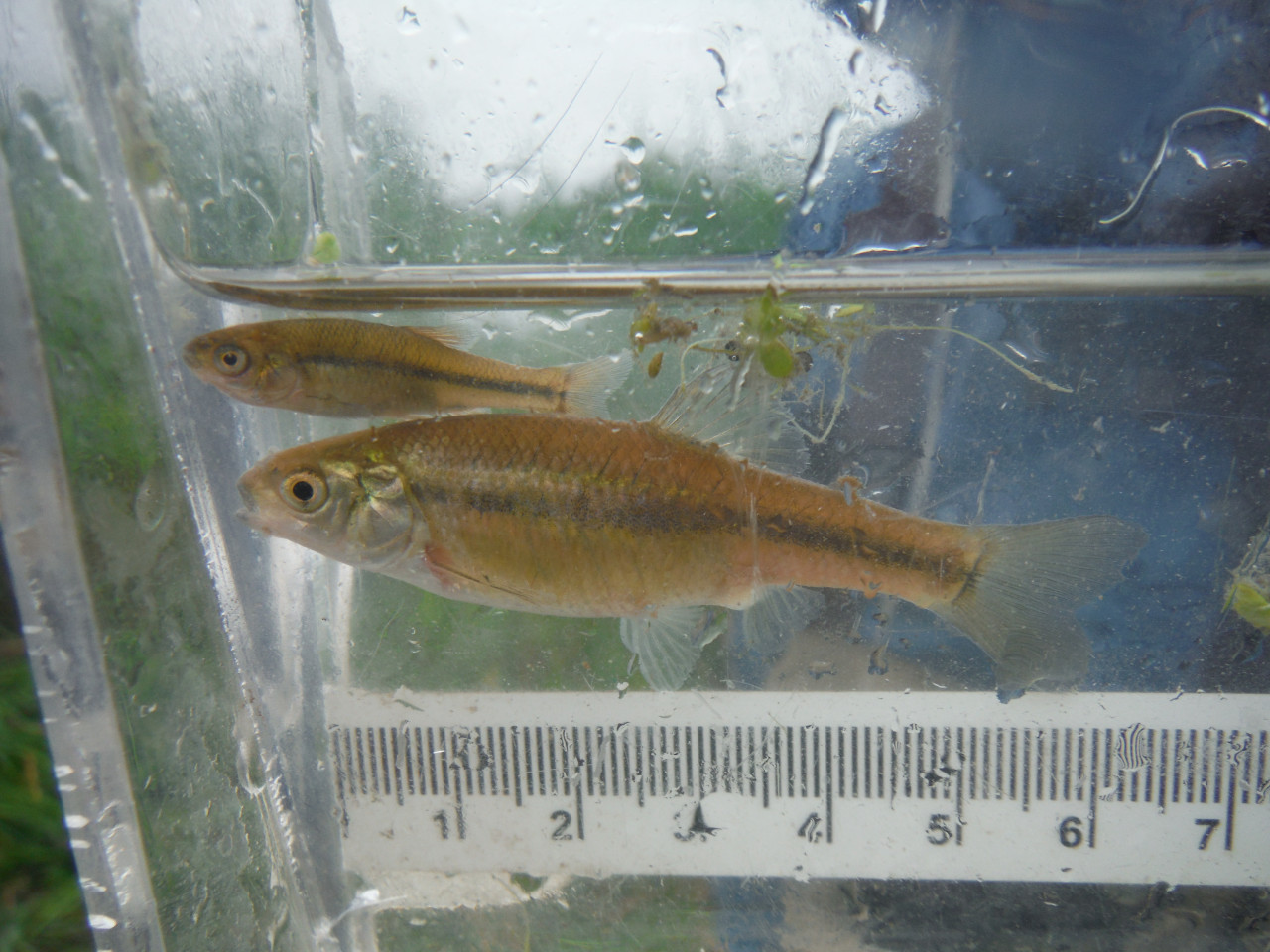Restored Black Rapids wetland keeping Rideau River clean
No Swim advisories are no fun, but our aquatic experts are working hard to keep our water and beaches clean – one wetland restoration at a time.
The Black Rapids wetland project is a perfect example of how a natural feature like a wetland can act as a water treatment plant to filter pollution out of the water - reducing the impact on our summer fun at the same time.
Too many chemicals and nutrients in the water can contribute to beach closures, algae blooms and other water quality concerns.
Healthy wetlands slow the flow of water, allowing sediments carrying toxins and pollutants to settle to the bottom. Aquatic plants absorb much of the nutrients that run off of nearby farmland, including phosphorous, which can cause excessive weeds and unwanted plant growth in lakes and rivers.
Thanks to its restoration, the Black Rapids wetland is now part of the solution again, treating and filtering nutrients before they can get to the river, and keeping downstream beaches like Mooney's Bay clean and open.
But before it was restored in 2016, the 3,500 square metre wetland near Woodroffe and Fallowfield was far from functional. It was flushed with phosphorous and other nutrients from nearby farms, and would often dry out because the tributary that was supposed to feed it had been redirected. It had little to no dissolved oxygen in its water, which is necessary to support the kind of biodiversity you'd expect to see in a thriving wetland.
Three years later, all that has changed.
A partnership between the RVCA and the National Capital Commission restored the wetland, returning it to its natural function. It was doubled in size to almost 7,000 square metres, and its tributary has been reconnected.
This spring and summer, aquatic staff have been monitoring the feature on a monthly basis to make sure it's recovering properly. They couldn't be more pleased.
The larger open water area now supports amphibian breeding, fish habitat, bird foraging, and a watering hole for wildlife.
But it's also much more capable of doing its main job: filtering water before it reaches the Rideau River, and ultimately our recreational beaches downstream.
There's more work to be done in the region: while this project took local wetland coverage from 1.5 to three percent, research suggests six percent is the desired minimum to keep nearby water systems clean and healthy.
Staff will spend another summer monitoring the project in 2021. For more information, visit https://www.rvca.ca/black-rapids-wetland-restoration-project.
When you subscribe to the blog, we will send you an e-mail when there are new updates on the site so you wouldn't miss them.





Comments